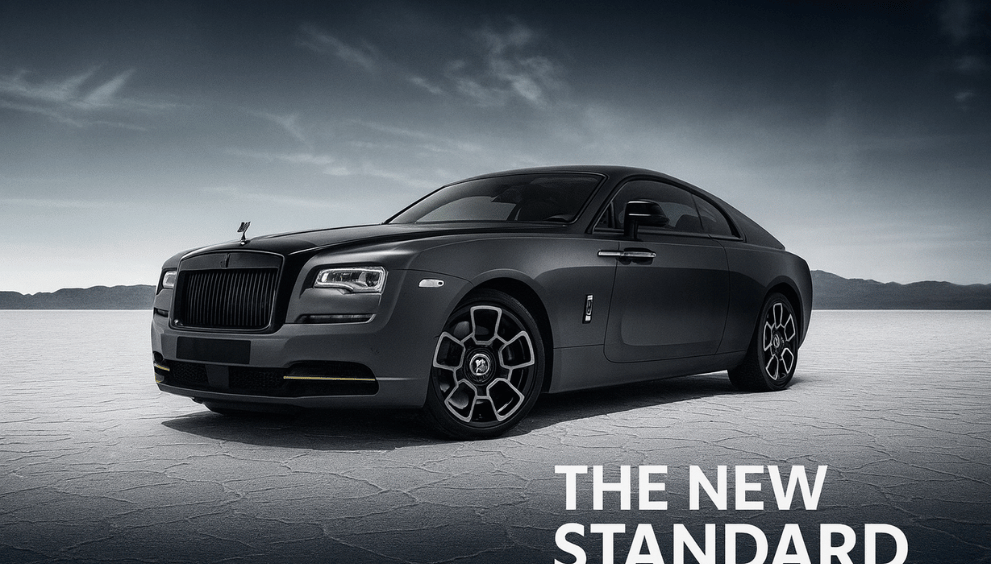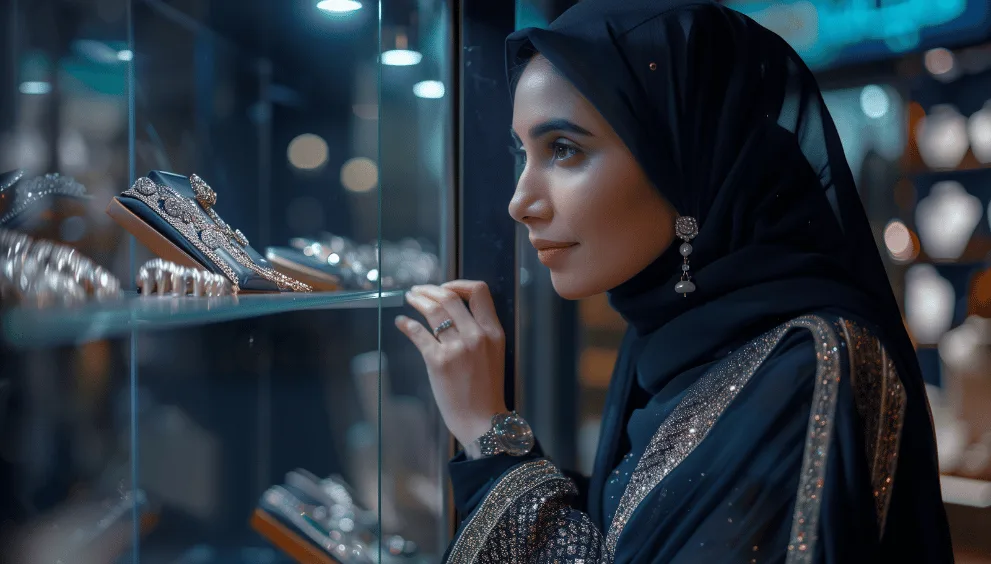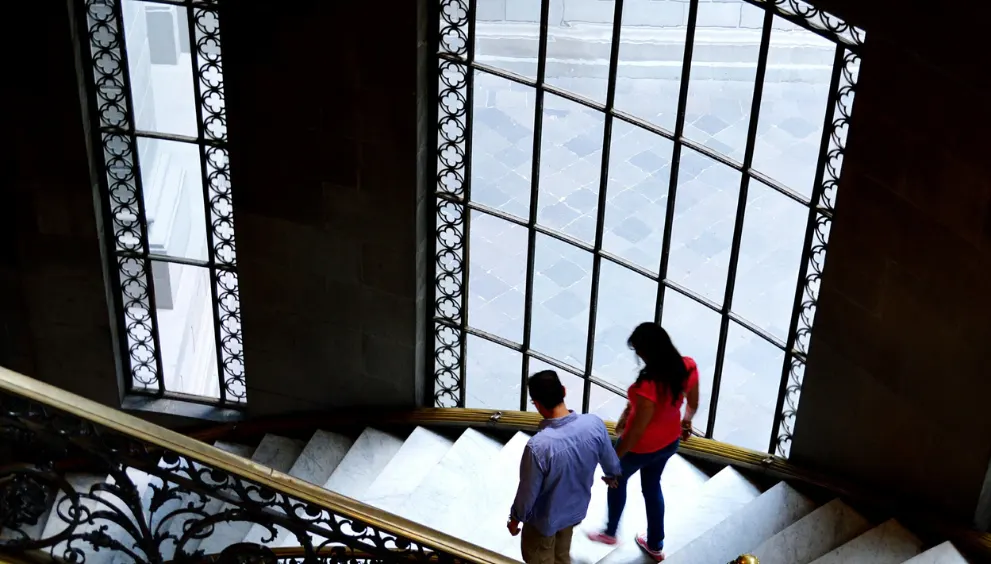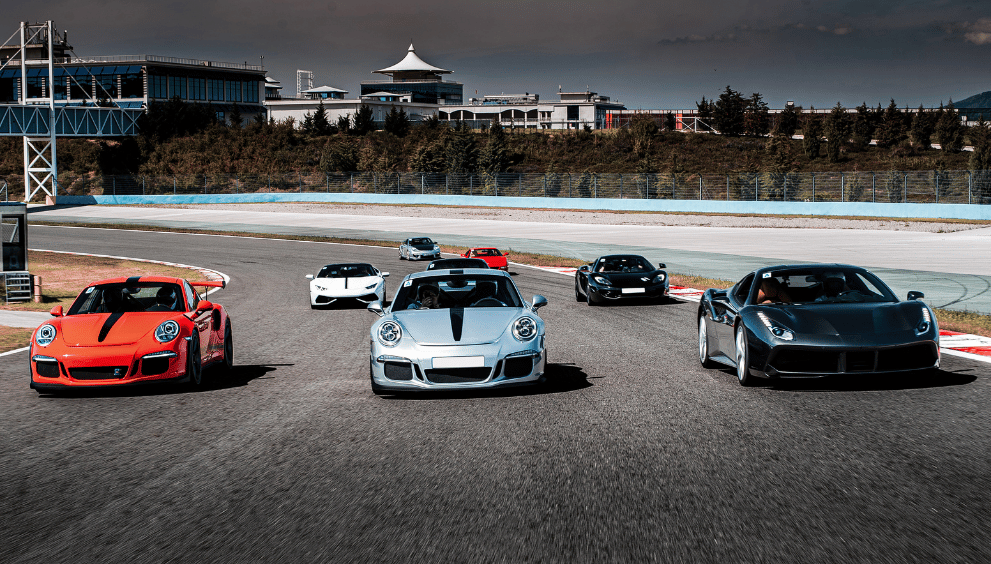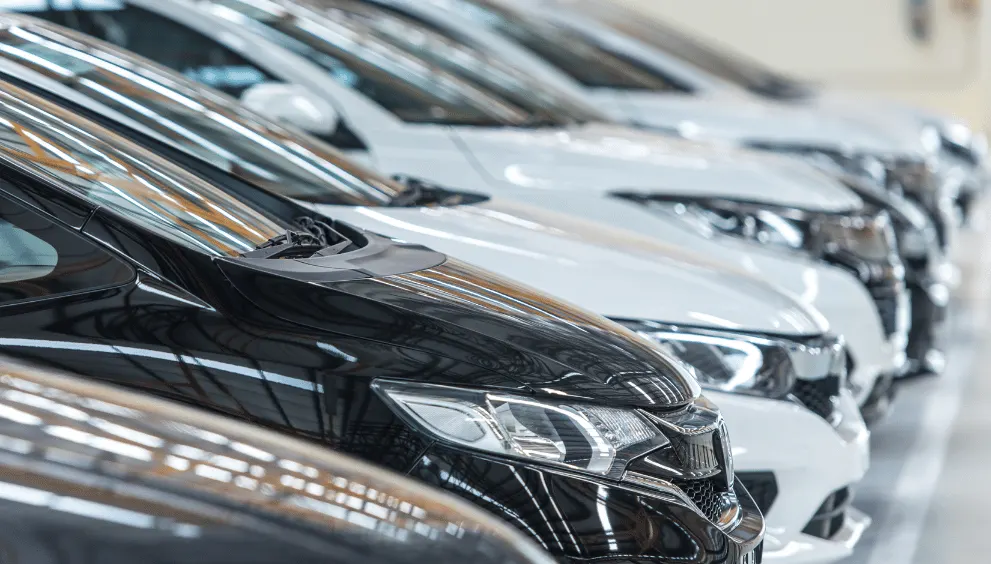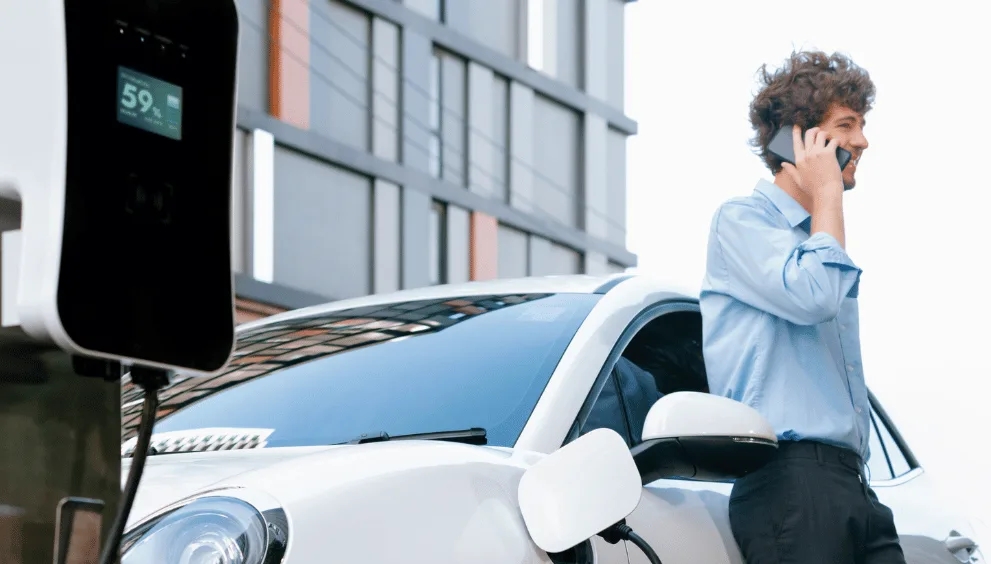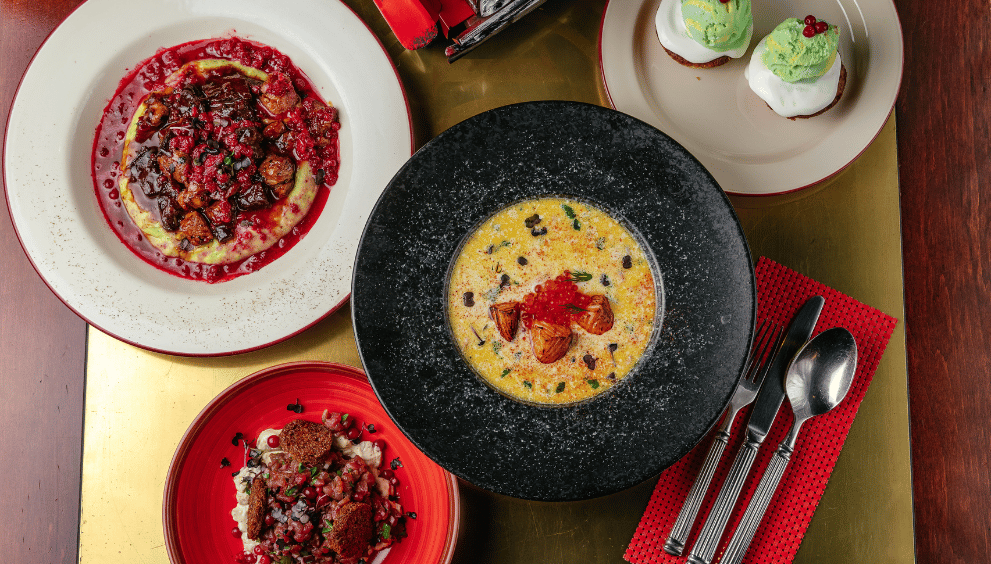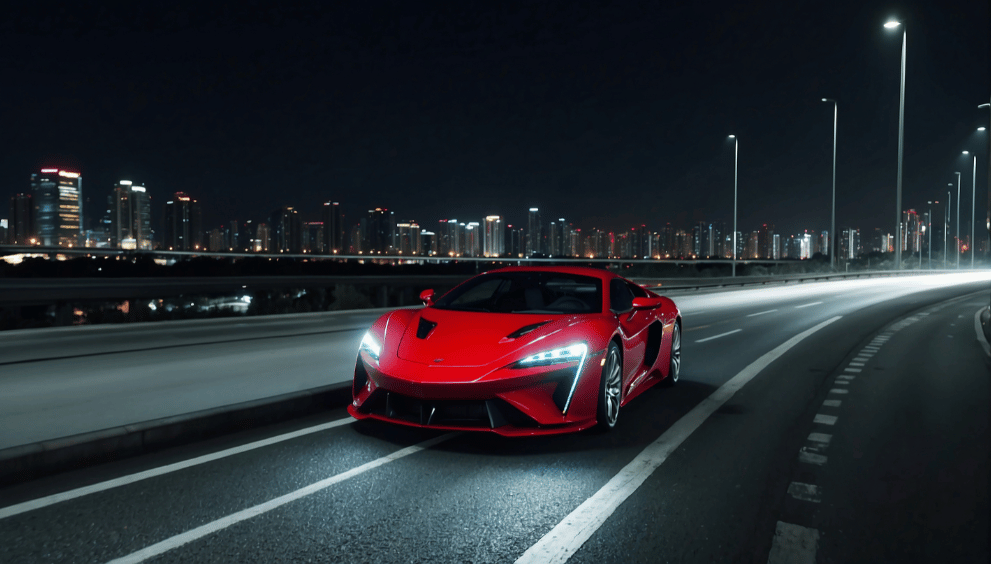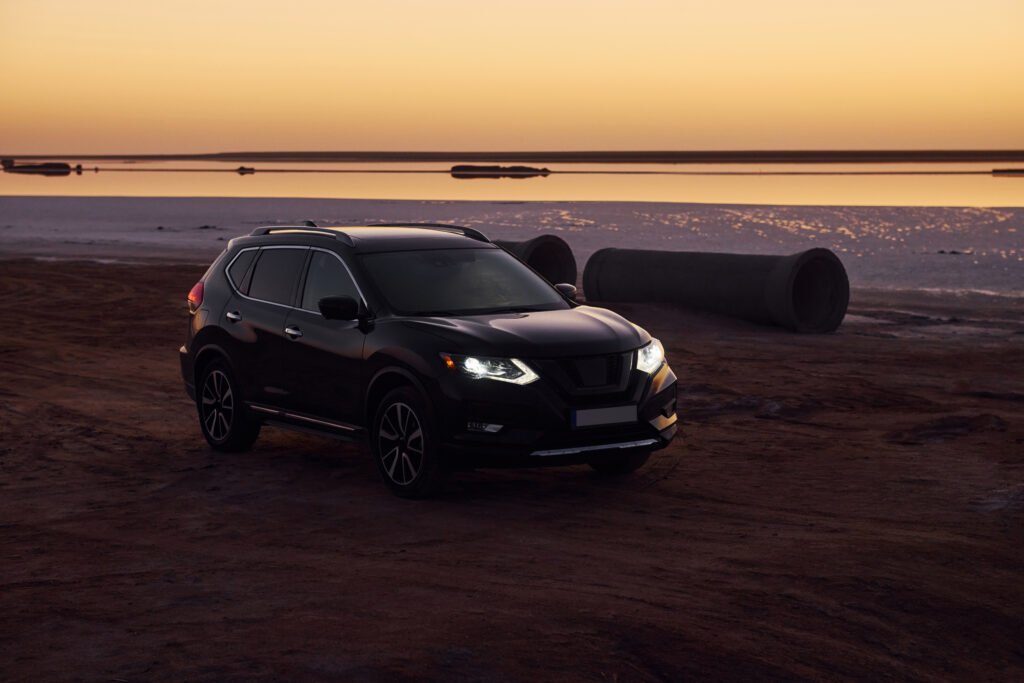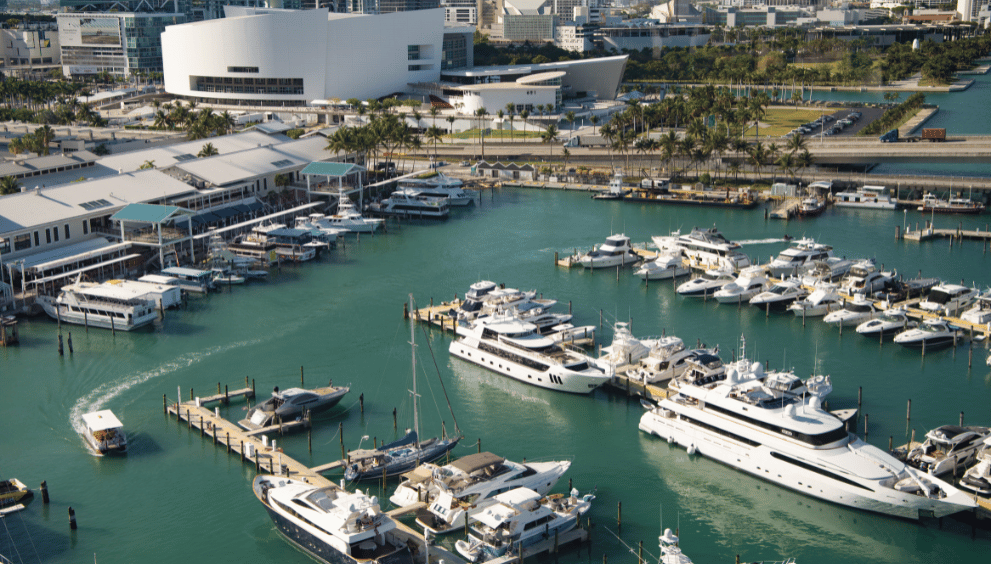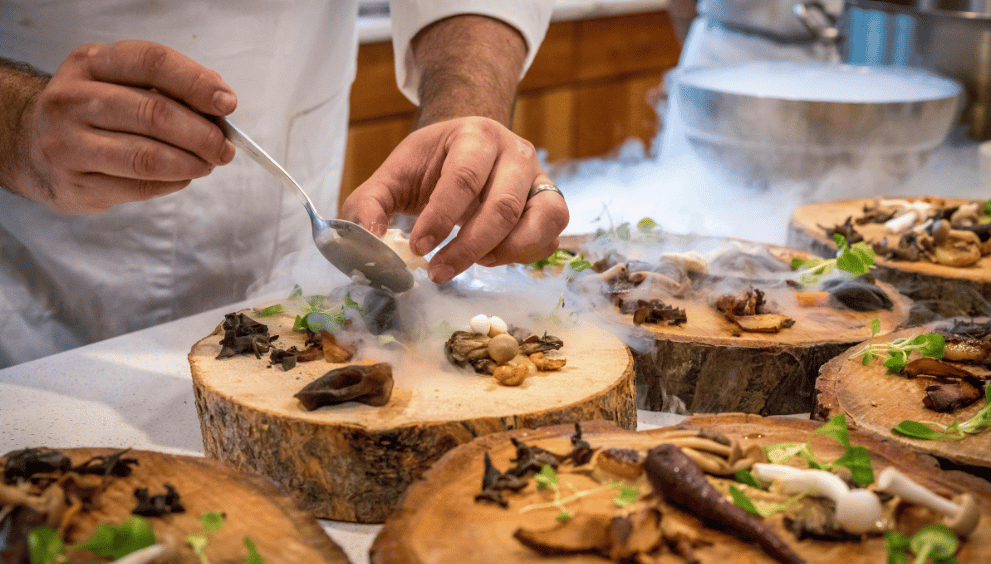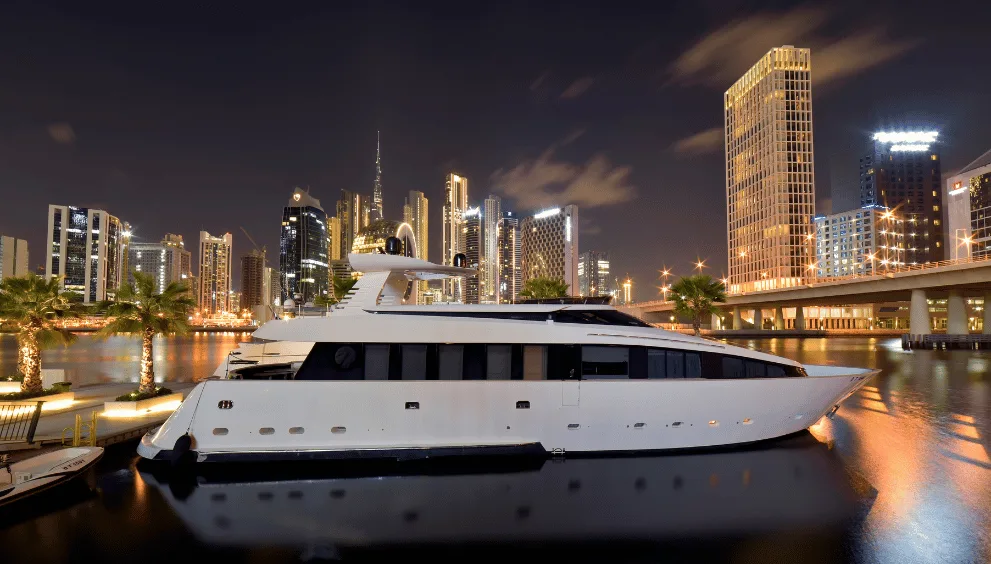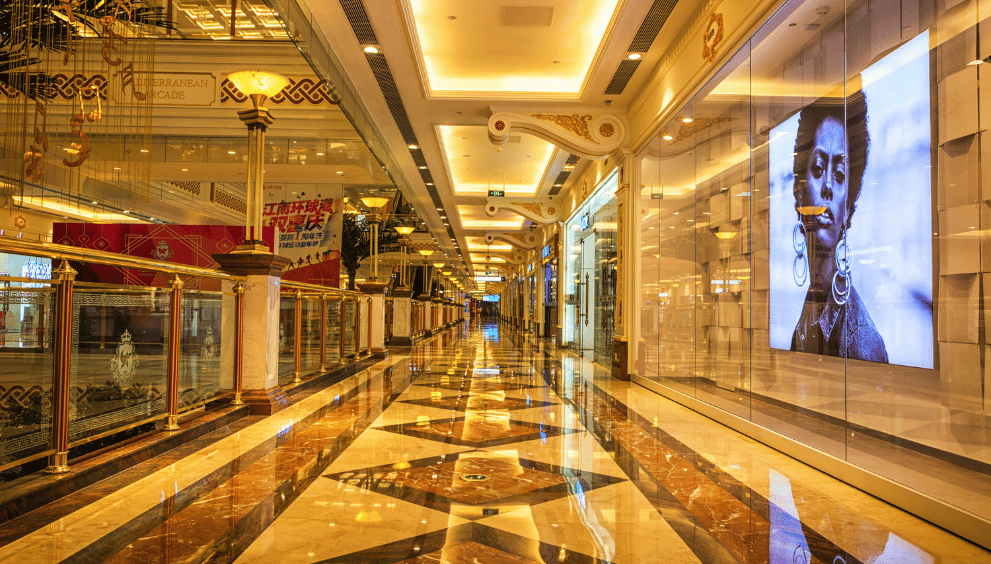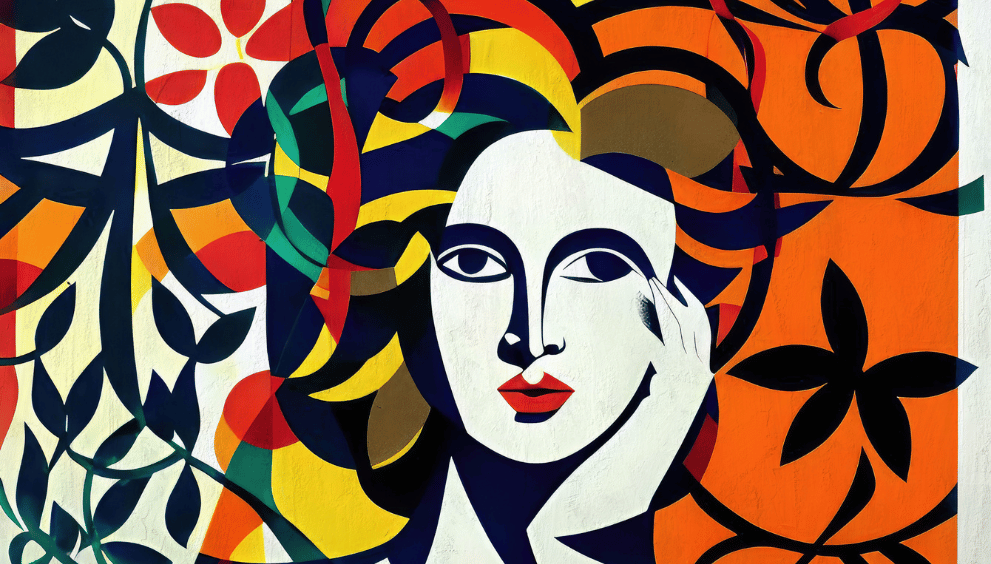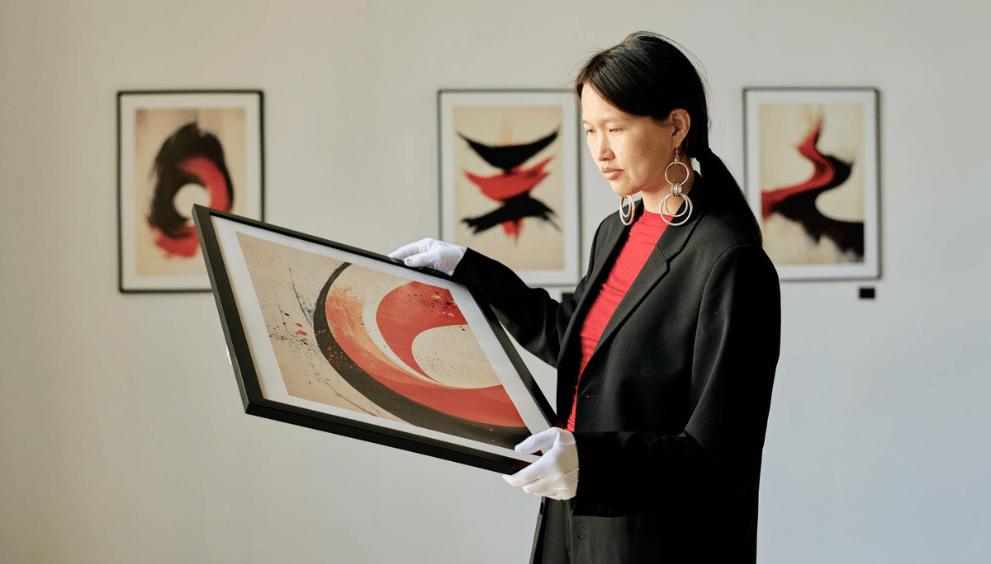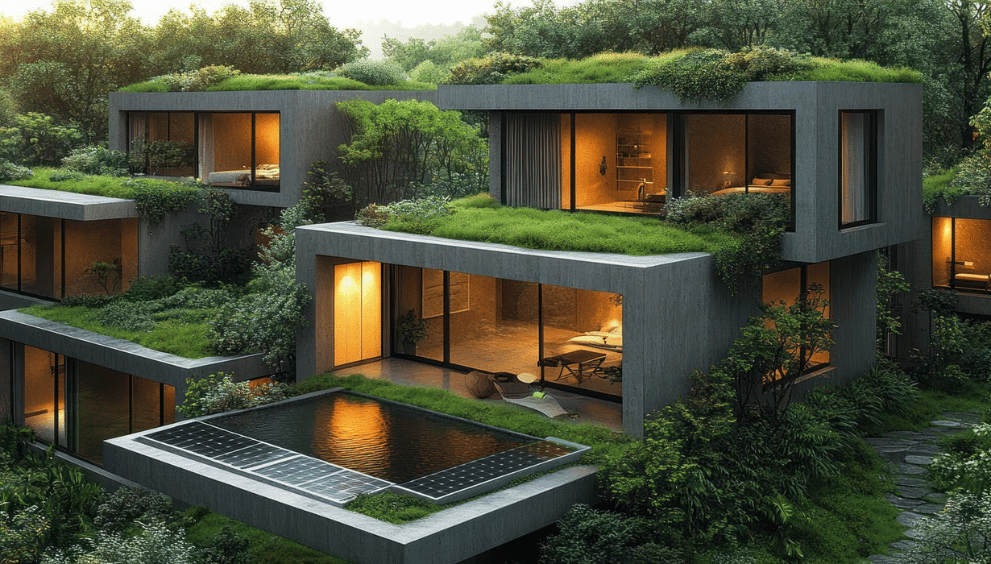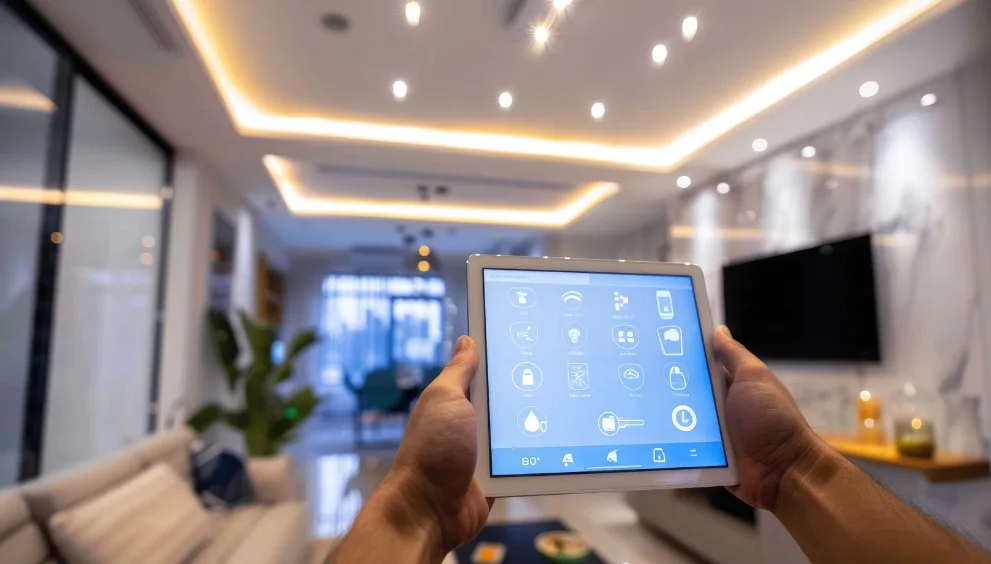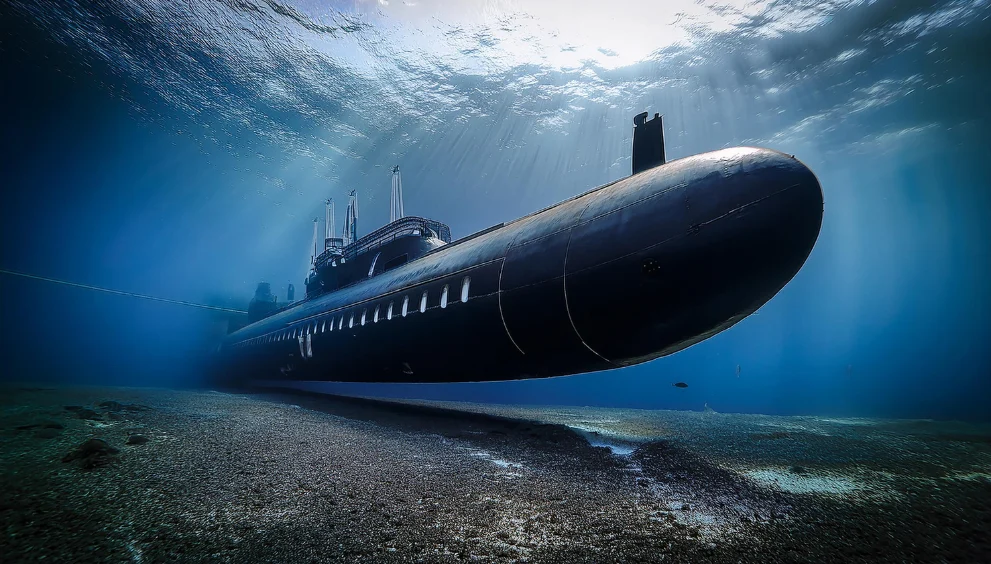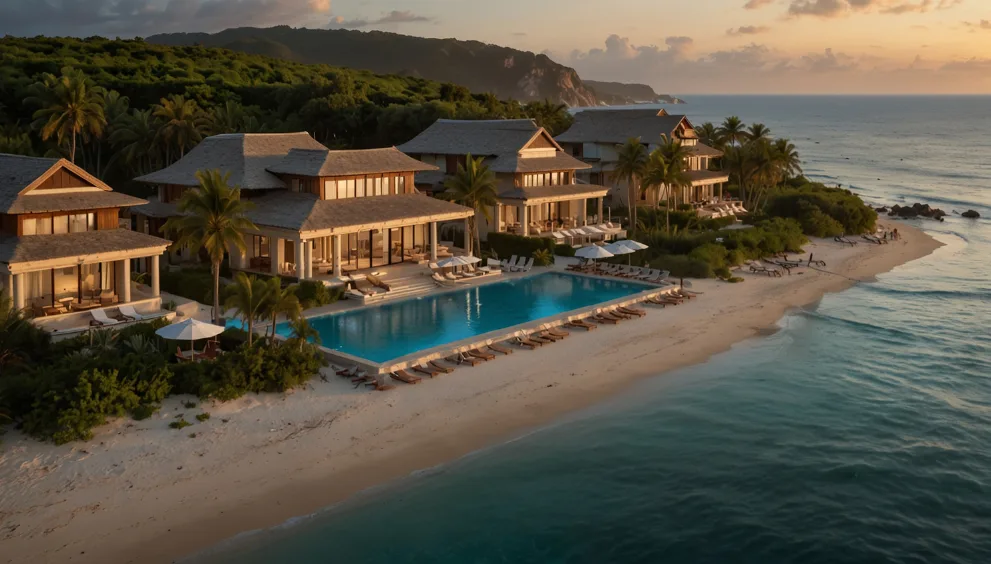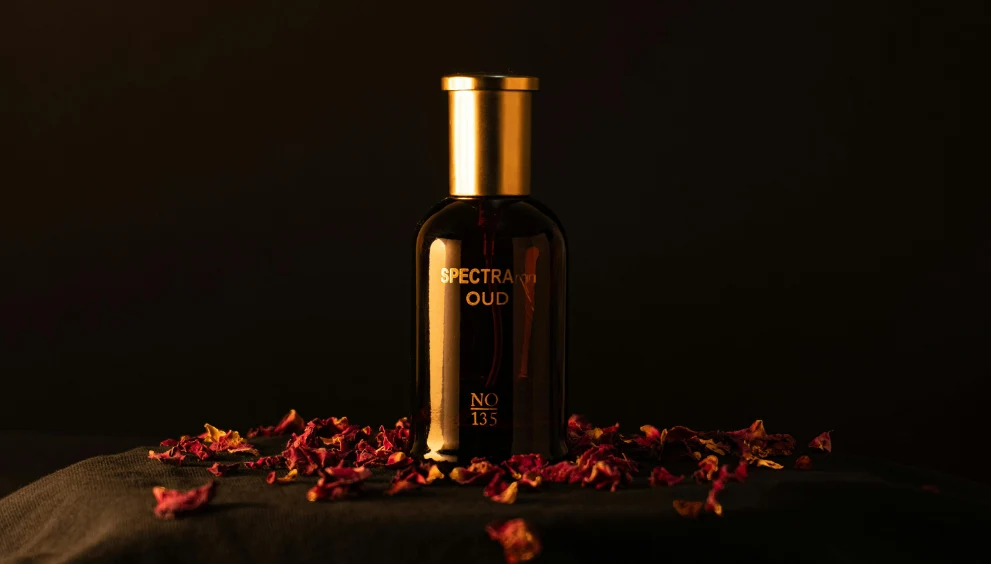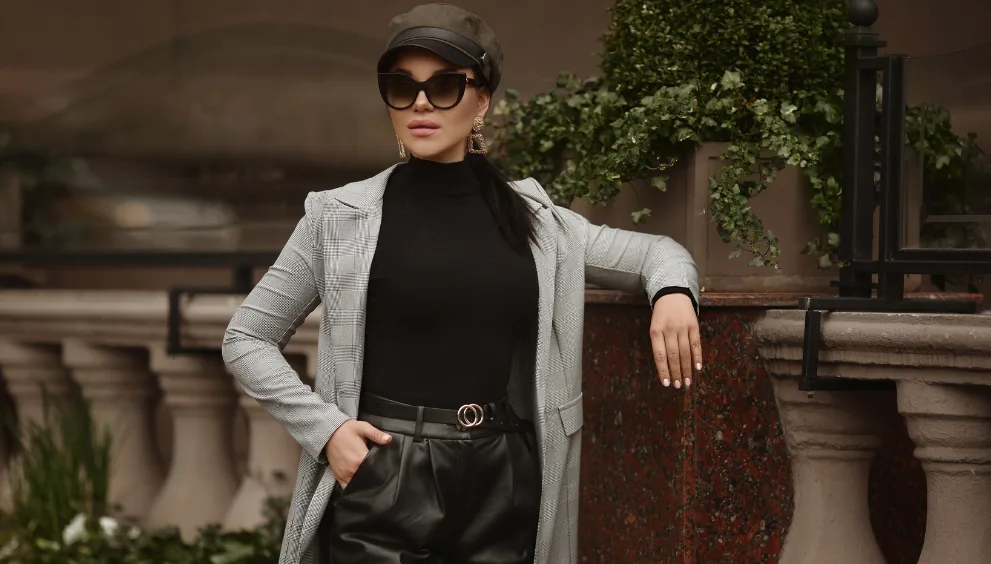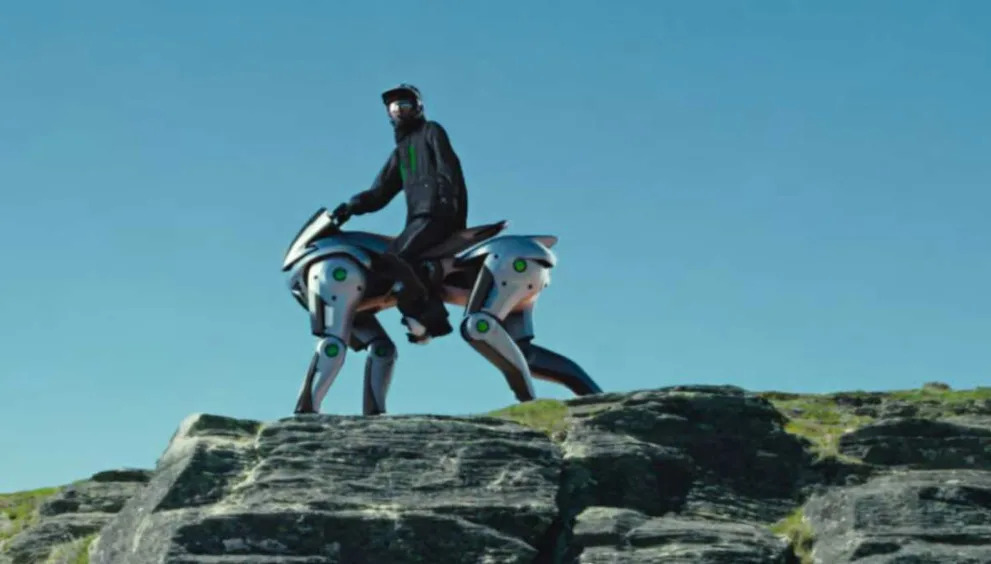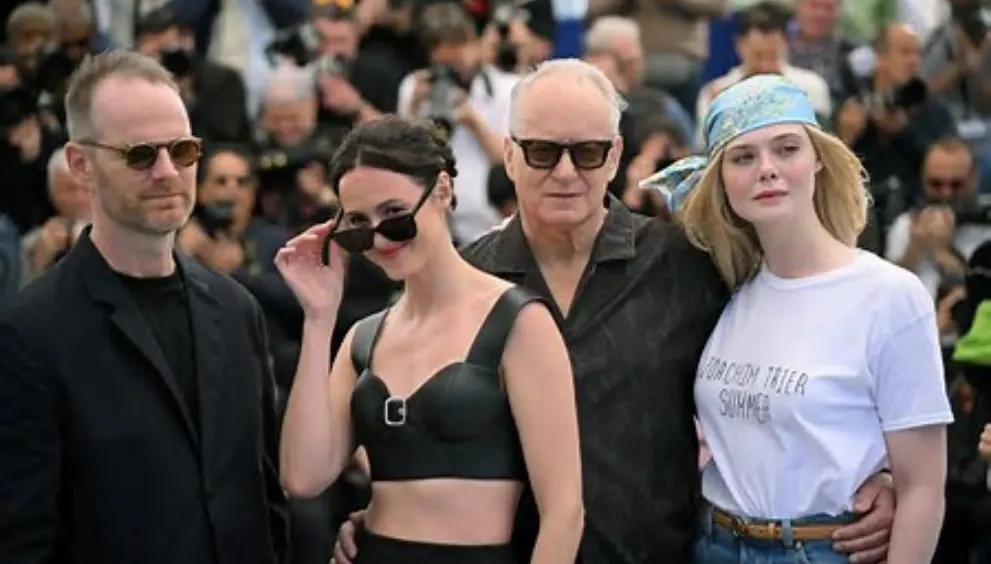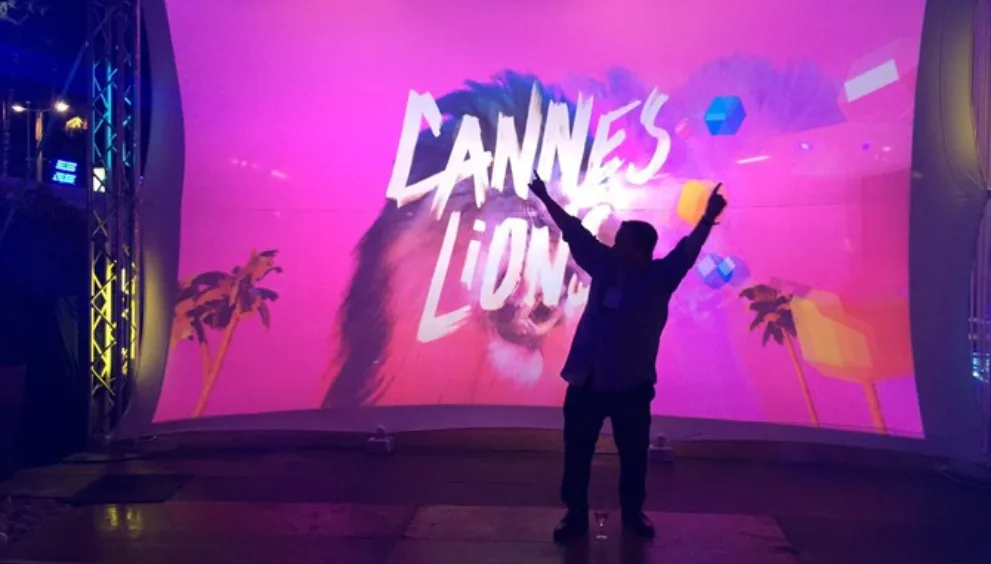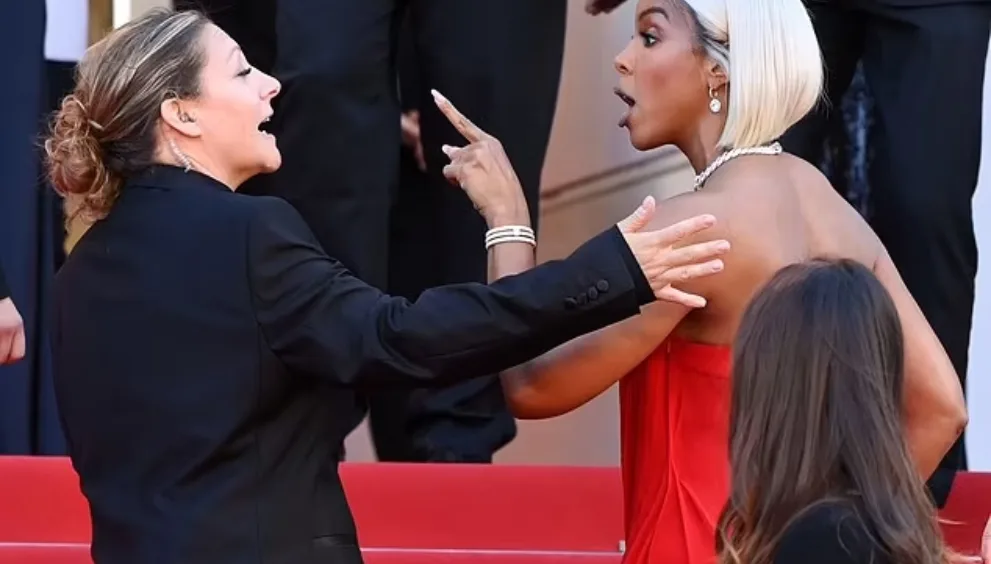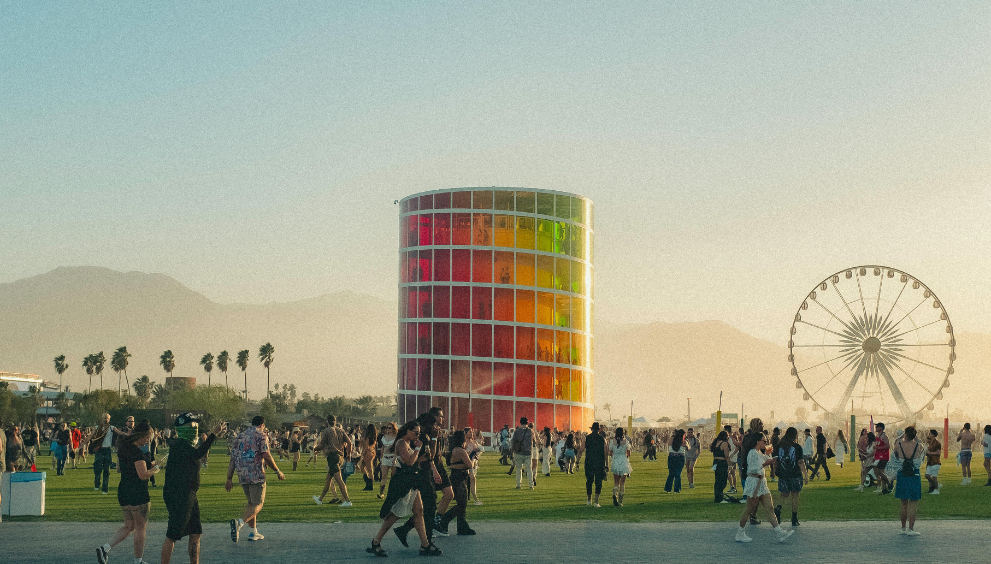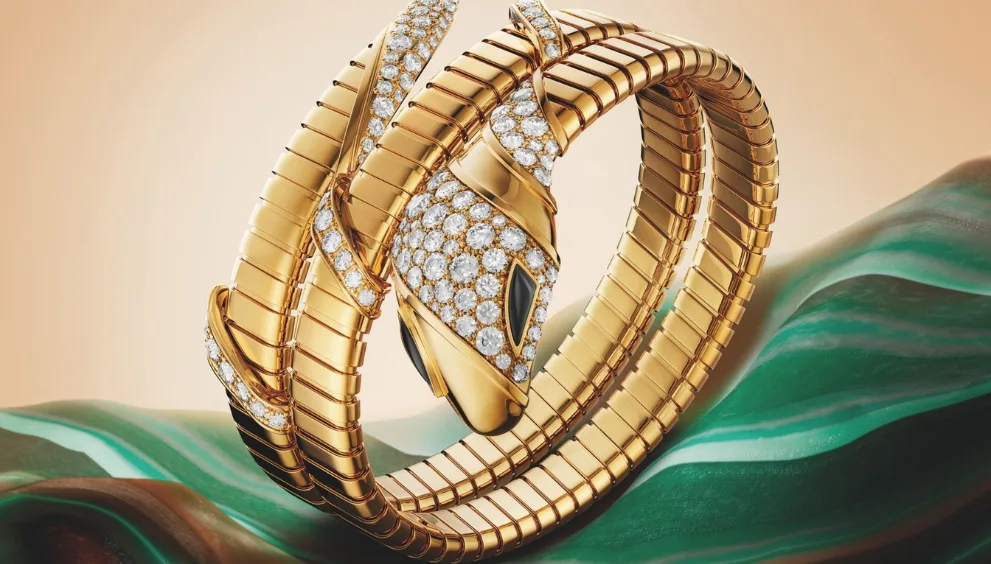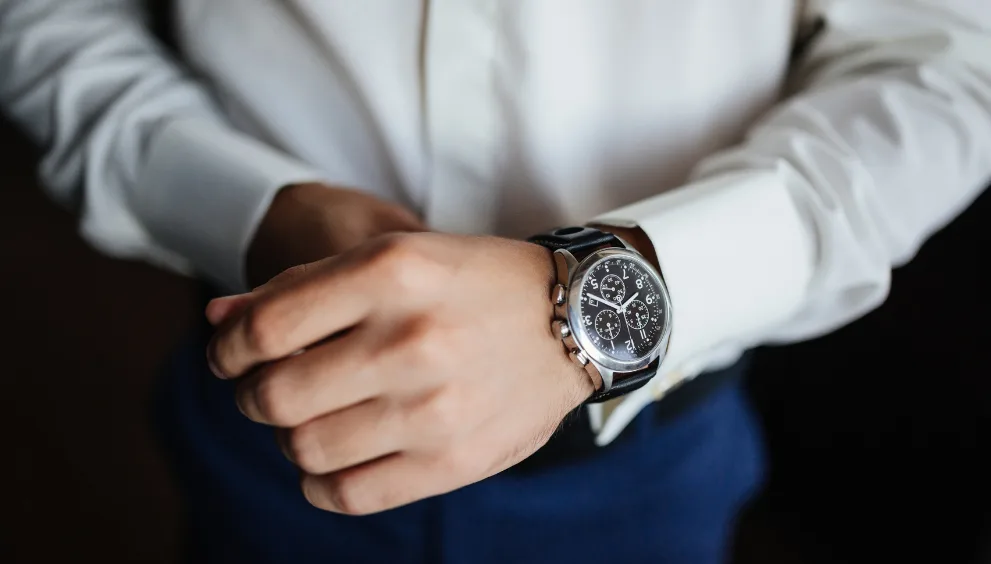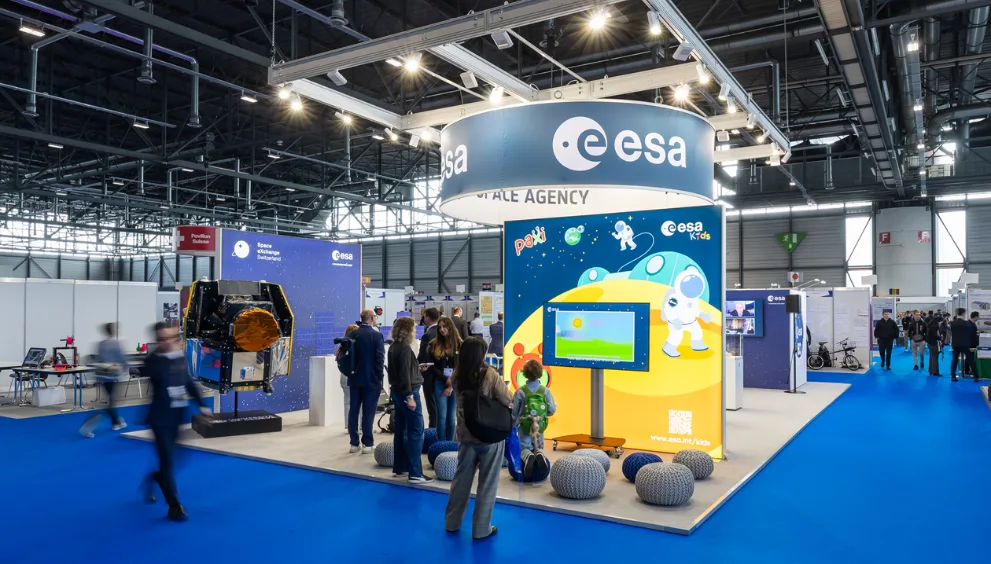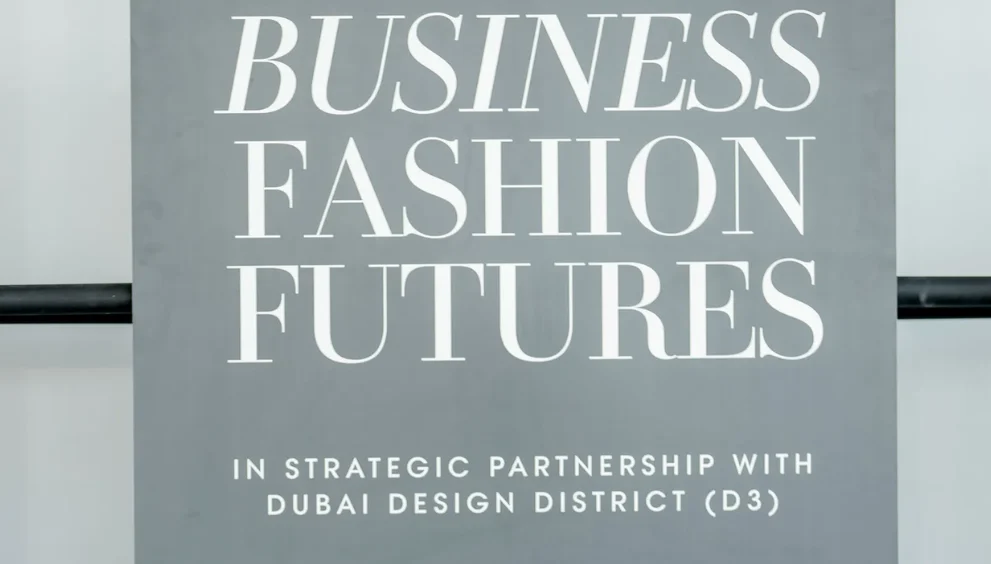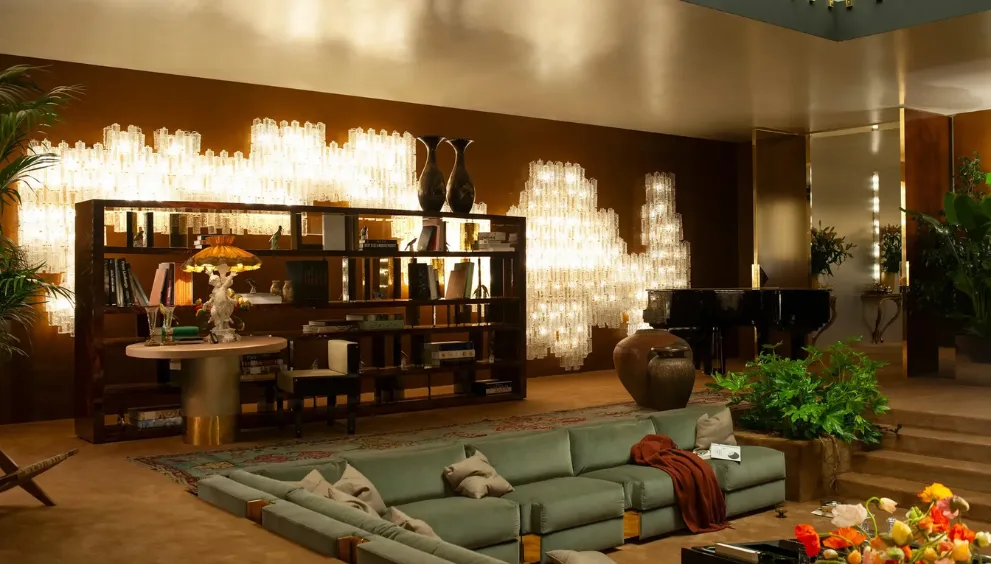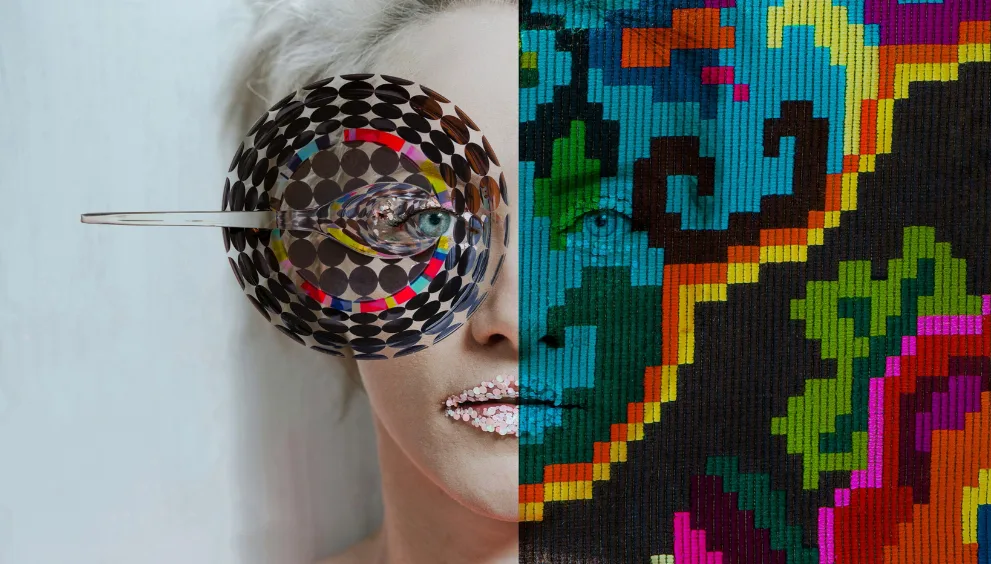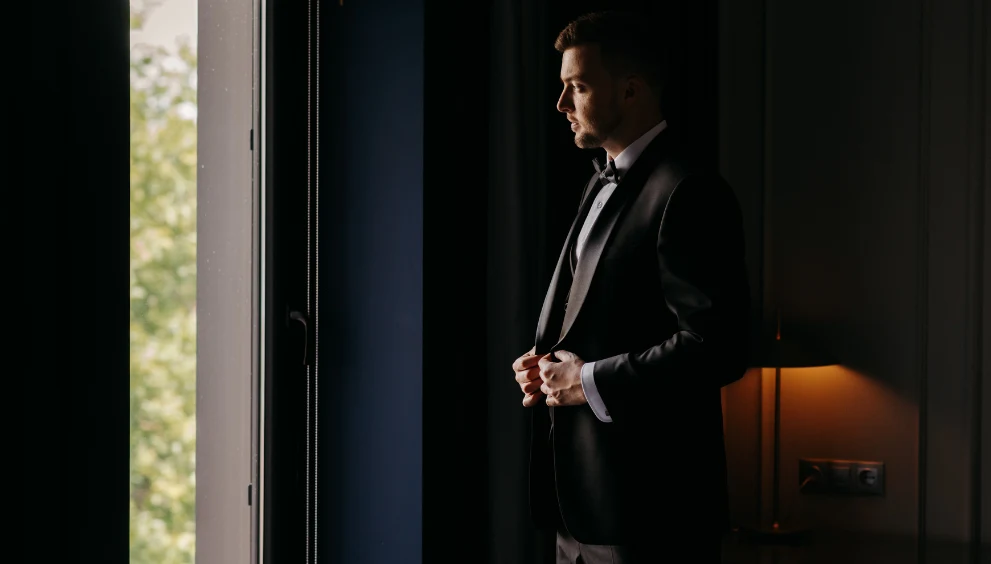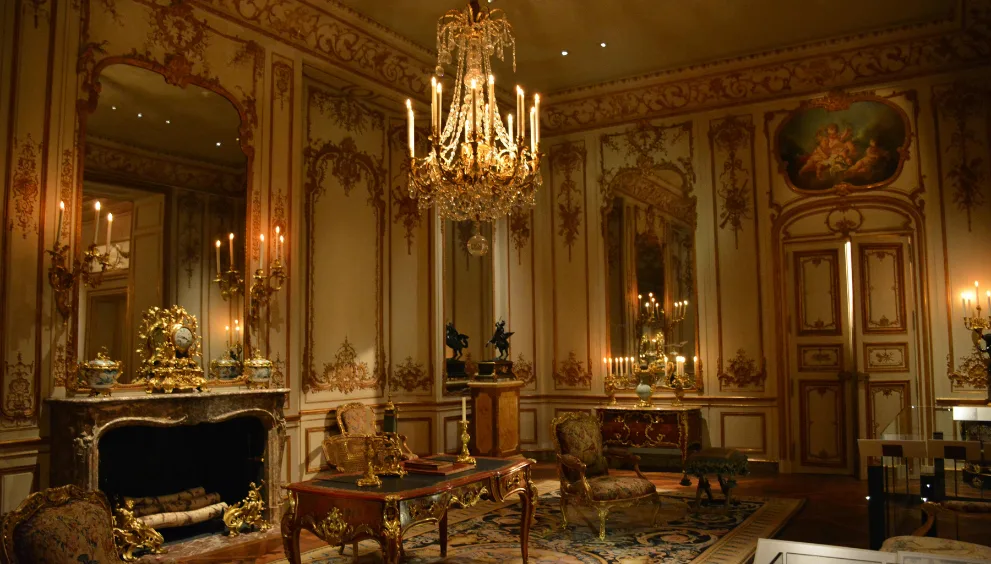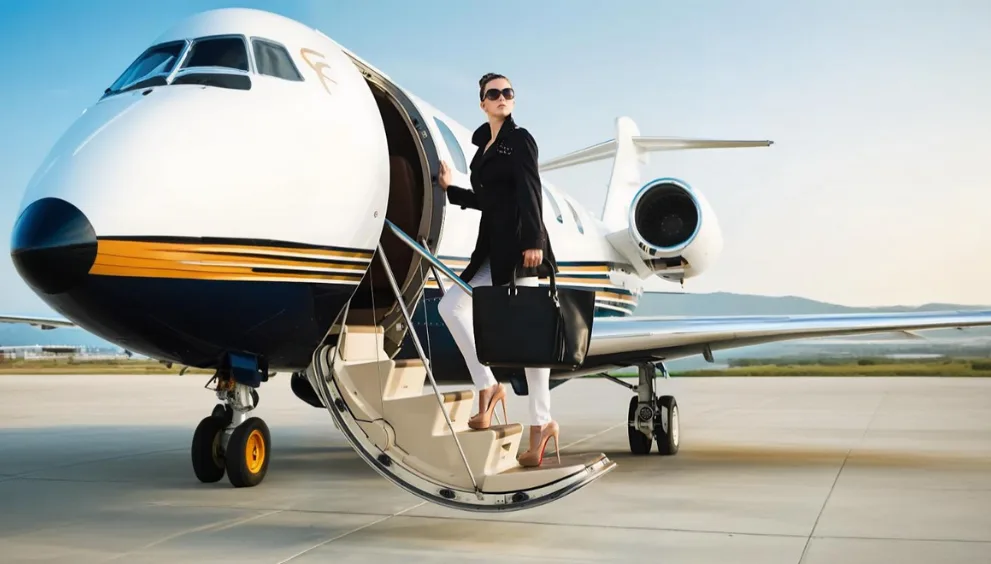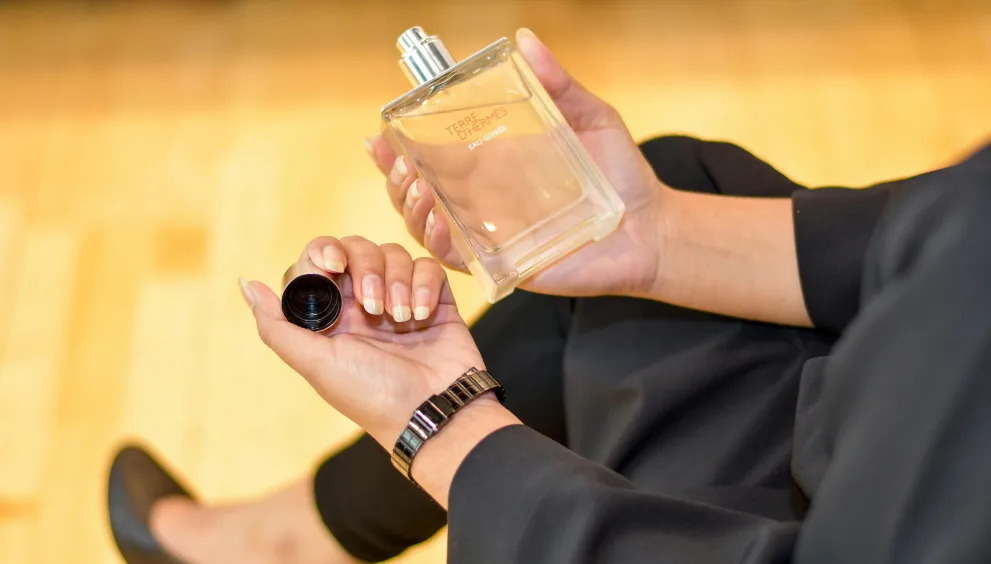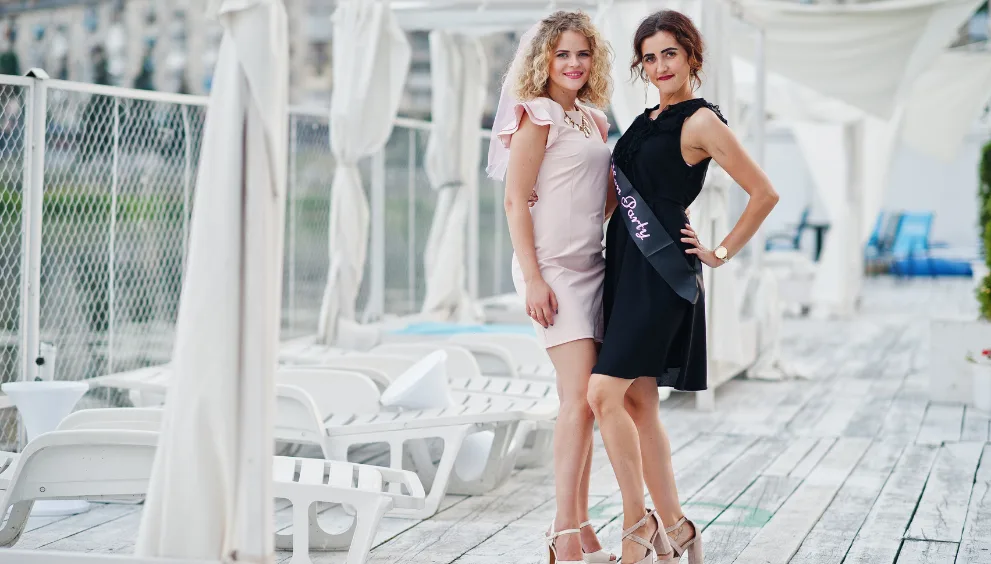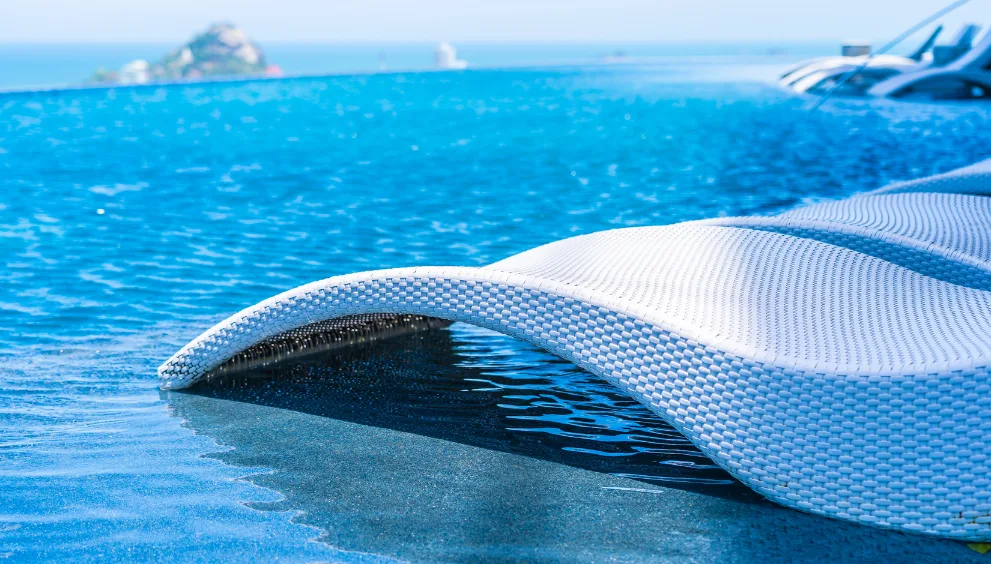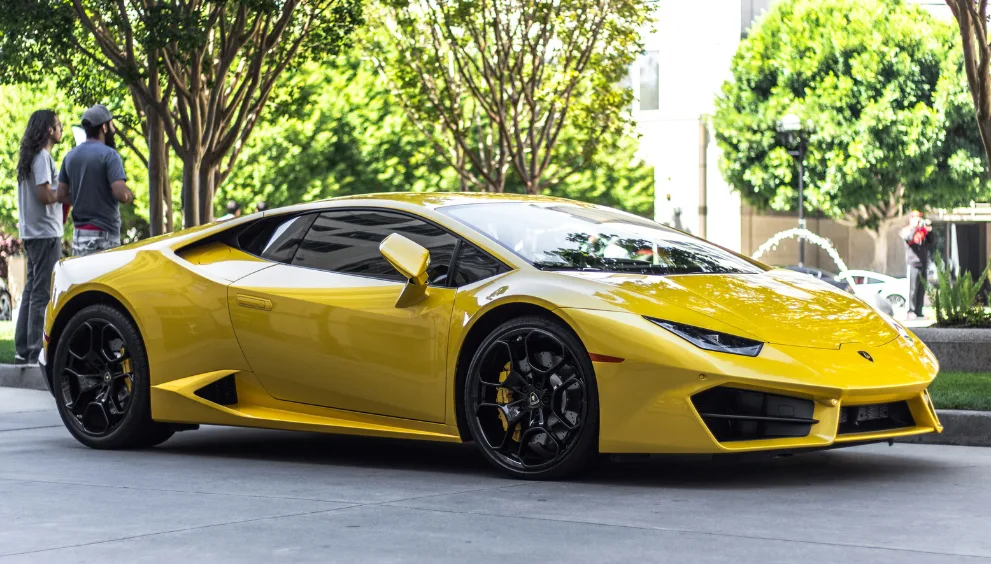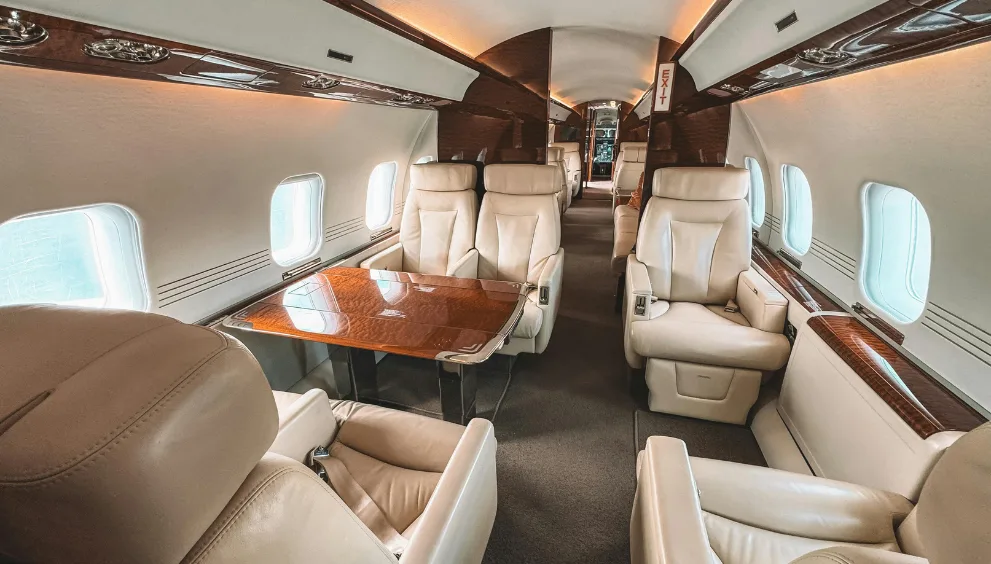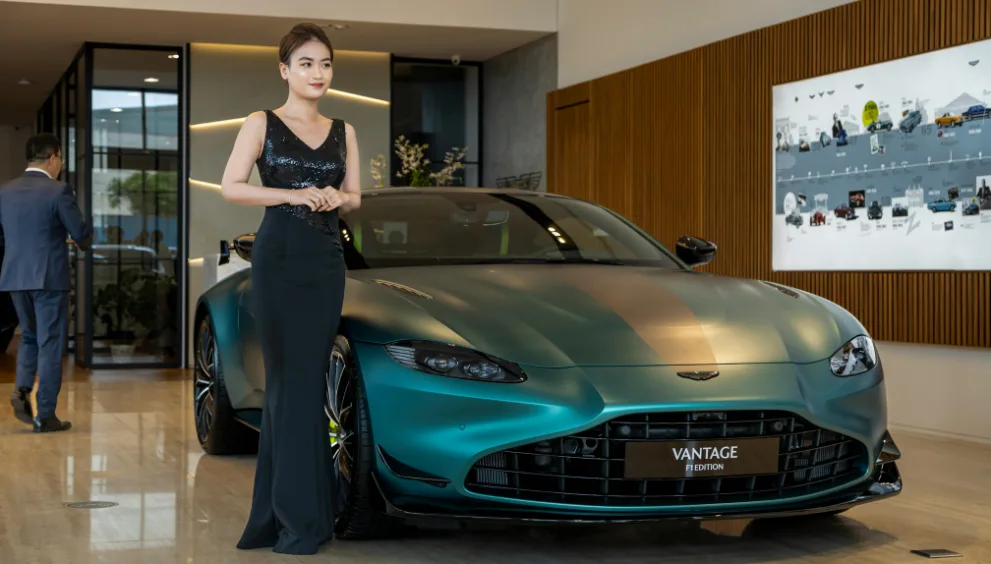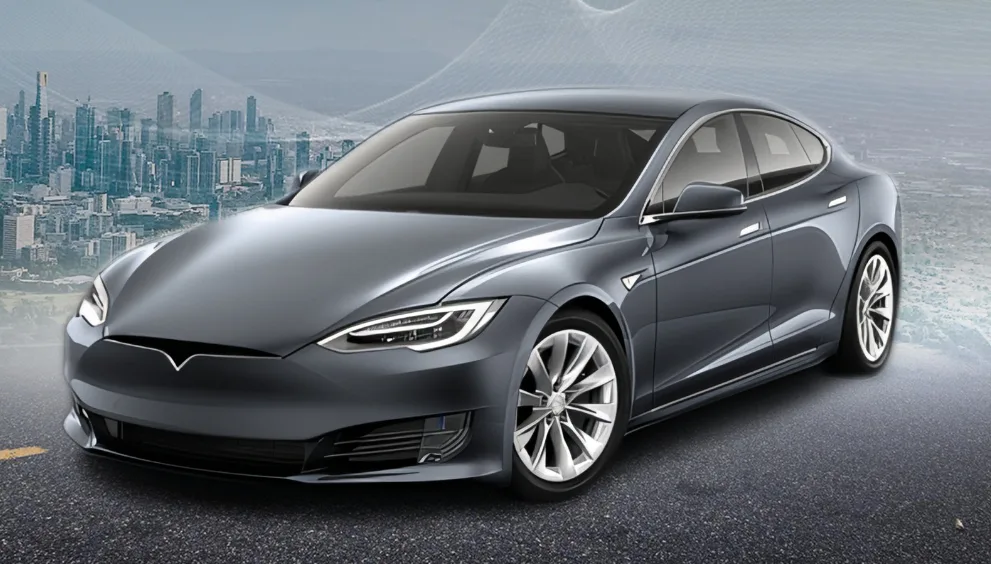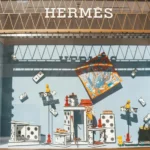The Middle East Mirage: Is Bulgari Truly Resonating with Regional Luxury Tastes?

Now, we need to discuss luxury in the Middle East, where luxury is practically part of the skyline itself – the malls look like museums, and the luxury category of fashion, jewelry, and architecture has one simple rule: go big or go home.
Enter Bulgari (or Bvlgari, if we are staying on-brand) – this iconic Roman luxury house is known for its rich jewelry lines, strong design, and architectural inspiration. But the real question is: Is Bulgari striking gold with Middle Eastern consumers, or is it just another Western brand trying to polish the desert with Roman dazzle?
Let‘s dive into that.
Bulgari’s Global Reputation: Timeless Glamour Meets Maximalist Drama
Bulgari went from a family-owned jewelry shop in Rome in 1884 to a world luxury brand. It has made its name with the bold, powerful Serpenti collection, Art Deco design inspirations, and its luxurious range of watches and fragrances. Expansive color stones, robust geometric designs, and loads of flamboyance.
Globally, Bulgari is a luxury brand—but is it loud luxury? And in the Middle East, is this loudness even appropriate…or not?
Luxury in the Middle East: Not Just About Bling
The Gulf region in particular, which comprises a huge proportion of UAE, Saudi Arabia and Qatar, is a large opportunity for luxury brands. But tastes are changing. Grandeur is still popular, but meaningful luxury is now also in demand; a product that has a sense of heritage, personalization, craftsmanship and socio & cultural references.
Another key detail? Middle Eastern luxury buyers are among the youngest in the world. They are hyper-connected, hyper aware of brand authenticity and storytelling, and want more than just status. So how does Bulgari fit into these new evangelists?
Does Bulgari Understand the Regional Vibe?
What‘s Working:
- Design Aesthetic – Bulgari’s love for vibrant stones and bold architectural design resonates well in a market that truly appreciates colorful statements. The collections of Bulgari such as Serpenti and Diva’s Dream fit perfectly into the region’s passion for bold and occasion driven jewellery.
- Luxury Hospitality – Bulgari has certainly revitalized their regional brand image with the recent introduction of Bulgari Hotels, and in particular, Bulgari Resort Dubai. The resort has become a coveted destination for both tourists and local elites, celebrating Italian glamour and luxurious Arabian style, and providing a glimpse of Bulgari’s capabilities, even beyond the retail scope of luxury.
- Brand Event Recognition – The established visibility of Bulgari, and erecting local partnerships in markets, during high-profile events, e.g., Abu Dhabi Film Festival, and collaboration with locally-relevant celebrities support, have all contributed positively to the regional brands recognition.
What‘s Not Clicking:
- Limited Litmus Test of Localization – For most brands like Cartier or Chanel, localization and local campaigns become easily memorable and accessible even for little to no spend – some of Bulgari’s local campaigns often feel more “imported” than integrated. There is limited use of Arabic design motifs, and when storytelling, cultural nuances are almost entirely absent.
- Perfume Paradox – Though fragrance is heavily loaded in Middle Eastern culture, Bulgari‘s perfume line, compared to regional brands, and to Tom Ford or Maison Francis Kurkdjian, has failed to create a hero status. While it seems counterintuitive, it is an important opportunity in a principally scent-obsessed region.
Cartier vs. Bulgari in the Gulf
Take Cartier, for example. The French mainson has entered hyperspeed when it comes to regional relevance — from Arabic calligraphy jewelry to Ramadan campaigns that have emotional resonance rather than aesthetic.
Cartier is also doing amazing meaningful campaigns like their “bejeweled wonders” campaign at Eid 2023 for female empowerment using real Gulf influencers and utilising cultural storytelling. Surprise surprise, this has led them to significant engagement on social media and buyers going into their Gulf stores.
Now look at Bulgari, which leans more global-universal. Gorg. But does it feel right for the region? This is where the mirage comes into play.
Gen Z Take: Is Bulgari Main Character Energy in the Gulf?
Consumers from Gen Z and millennial demographics in the Middle East are rewriting the rules of luxury consumption with the help of technology, communication and an aesthetic. And they want items that are:
- Socially shareable but deeply personal
- Rooted in cultural identity
- Sustainable and ethical (yes, even luxury bling can be “green”)
Bulgari‘s Instagram obviously inspires desire and aspiration, but does it inspire a little bit more than sparkle when speaking to this audience? Not yet, but it could! Bulgari needs to look beyond aesthetics and connect to the underlying emotional connection that luxury consumers in the Middle East now are seeking in their consumption.
Imagine a capsule Serpenti collection based upon Arabian mythology. Imagine a collection using local artisans or collaborating with emerging Arab designers. That‘s how Bulgari can transition from being in the region to being of the region.
The Hospitality X Luxury Link
Where Bulgari has a strong advantage is in their resort line. The Bulgari Resort Dubai has done something rare and it has made the brand livable. Guests aren’t just buying into the name, they are living the name. It is a brilliant move and an opportunity which Bulgari should take further – they could offer pop up jewelry suites, private fragrance bars or limited resort-only drops.
Luxury includes not only what you wear, but it also includes how you live. And by the look of it, Bulgari seems to be aware of this, so the only question now is, can they scale this across the Middle East?
Final Thoughts: Mirage or Momentum?
So… is Bulgari understanding the Middle Eastern luxury ethos?
Yes, but not completely. It understands the aesthetics and is flexing some serious hospitality power moves, but it still lacks deeper cultural fluency and local storytelling in order to leave any sort of lasting emotional imprint.
As the Gulf luxury market grows more textured and complex, brands like Bulgari can’t just exist—they need to connect. And if they do? They are not merely offering jewelry. They are positioning themselves within the region’s dynamic and changing conception of modern luxury.
The mirage? It could easily become magic—if they lean in.



